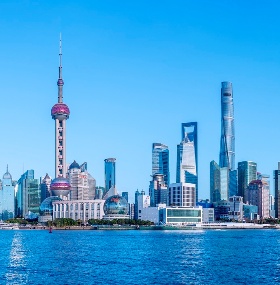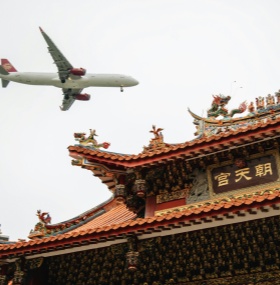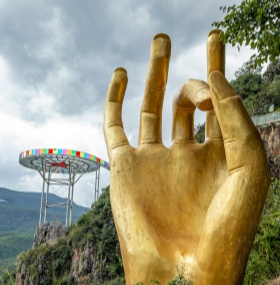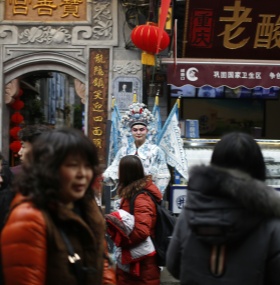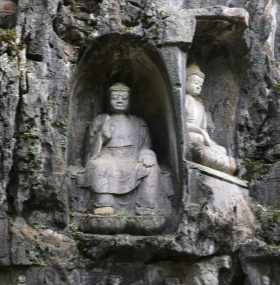The Chengde Mountain Resort and its surrounding Outlying Temples offer a fascinating window into China’s imperial history and cultural fusion, making it a unique World Heritage Site for foreign visitors interested in Chinese architecture, religious diversity, and historical significance. Located in Chengde, a city in the Hebei Province, the site was built by the Qing emperors as a retreat from the summer heat of Beijing. Today, it serves as a testament to Qing dynasty architecture, craftsmanship, and the emperor’s attempts to harmonize China’s vast and diverse ethnic groups.
1. A Retreat for Qing Emperors
The Mountain Resort itself is a vast complex of gardens, lakes, and palaces designed to mimic a variety of landscapes found throughout China. Its design incorporates Chinese landscape aesthetics, blending both natural beauty and man-made structures to reflect traditional feng shui principles. The resort is divided into three main sections:
● The Palace Area: The central imperial zone, where the emperor stayed, includes elegant pavilions and halls.
● The Plain Area: A large open space designed to resemble the northern plains of China.
● The Mountain Area: A scenic area dotted with mountain paths and temples, offering visitors peaceful walks and a sense of seclusion.
2. Religious and Cultural Significance
One of the most distinctive aspects of the Chengde Mountain Resort is the Outlying Temples, which showcase a harmonious blend of different architectural styles, representing the ethnic diversity within the Qing Empire. The temples are dedicated to Tibetan Buddhism, Han Chinese traditions, and even Manchu practices, reflecting the emperor’s attempt to unite his diverse subjects. The Puning Temple (also known as the Temple of Universal Peace) is the most famous of these temples, featuring a massive statue of the Avalokitesvara (Guanyin) and a unique Tibetan Buddhist architectural style.
3. Scenic Beauty and Tranquility
Visitors will be enchanted by the natural beauty that surrounds the Chengde Mountain Resort. The lakes, gardens, and forests create an idyllic environment for exploration. The resort’s ponds are dotted with traditional Chinese bridges, and walking paths meander through lush forests, leading to panoramic views of the surrounding mountains. The combination of serenity and cultural history offers a peaceful escape and an opportunity to reflect on the emperors' relationship with the land and their people.
4. A Reflection of Qing Dynasty Philosophy
The resort’s design not only reflects the imperial court’s aesthetic tastes but also embodies the Qing emperors’ philosophy of governance. The multi-ethnic influences in the design of the temples and architecture symbolize the emperor's efforts to foster unity among the diverse peoples of China. This integration of architectural styles highlights China’s commitment to cultural tolerance and the balancing of traditional Chinese and Tibetan Buddhist practices, offering foreign visitors a deep dive into the philosophical and spiritual facets of Chinese history.
Travel Tips:
● Best Time to Visit: The summer months offer pleasant weather and allow visitors to explore the gardens and lakes at their full beauty. Early autumn also provides great scenery with changing leaves.
● Tour Options: Consider hiring a guide who can elaborate on the history and cultural significance of each temple and structure, helping visitors gain a deeper understanding of the Qing dynasty’s historical impact.
The Chengde Mountain Resort and its Outlying Temples offer a profound connection to China’s imperial past, showcasing the dynasty's efforts at cultural integration and presenting visitors with a rare opportunity to explore a place where history, religion, and natural beauty converge. For those interested in Chinese history, architecture, and religious diversity, this site is a must-visit destination that promises a peaceful retreat into the heart of Qing China.
If you're planning an unforgettable trip, we have carefully designed multiple China tour itineraries to meet different needs and interests.Contact us to learn more and customize your perfect China adventure.
Related Posts
Create Your Customized Trip
Take about 2 minutes to fill the form to tell us how you like to travel, and get a reply within 1 working day.

